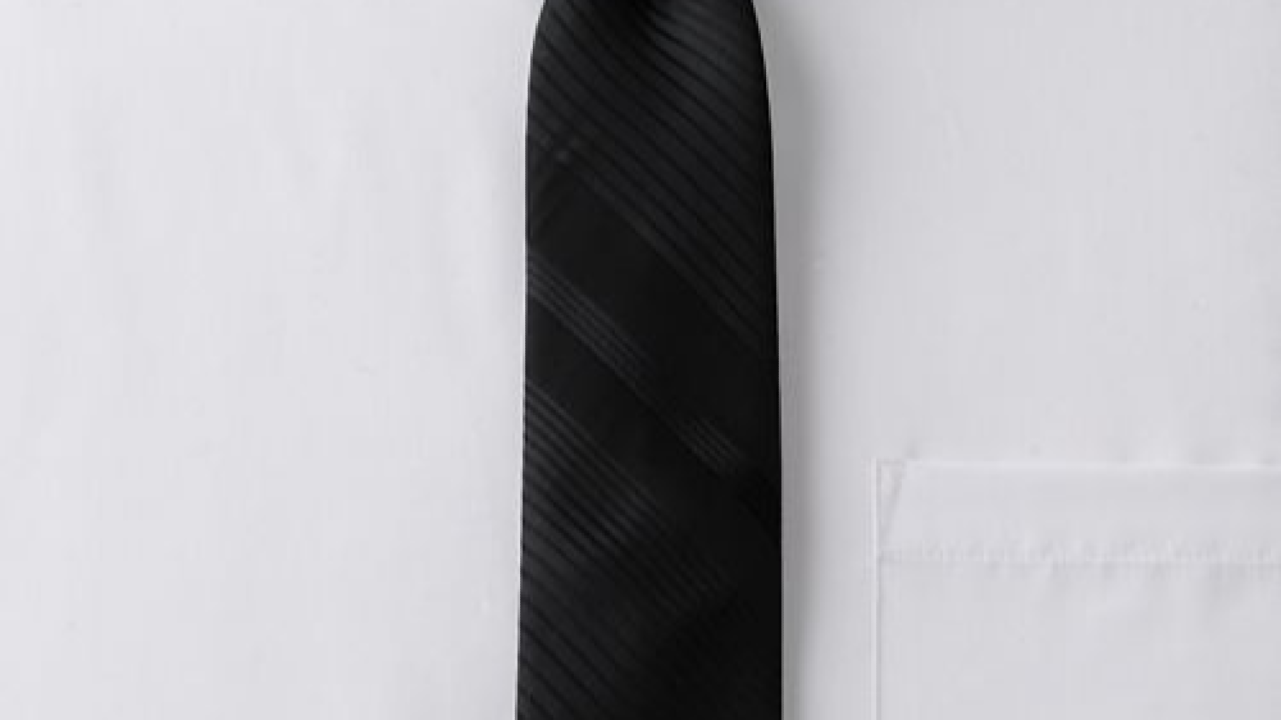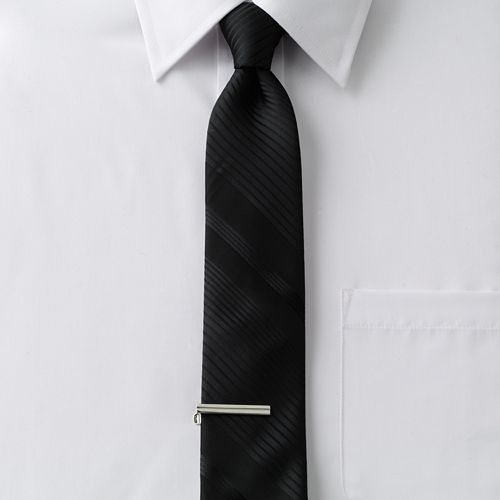AllVintageStyles
The Vintage Fashion Encyclopedia
Narrow Tie


A 1950s narrow tie is a slim necktie typically 2-3 inches wide that became iconic of post-war men's fashion, representing the decade's shift toward sleeker, more refined masculine styling and the emerging Ivy League aesthetic that influenced professional and casual menswear.
Quick Facts
- Era: 1950s (peak popularity 1950-1959)
- Origin: United States (Ivy League and professional menswear)
- Garment Type: Slim-width necktie for men's formal and casual wear
- Key Identifiers: 2-3 inch width, quality silk construction, geometric or conservative patterns
- Typical Resale Price: $20-$80 (authentic vintage pieces)
- Best For: Ivy League styling, 1950s menswear, and vintage professional looks
History & Evolution
The narrow tie gained prominence in the early 1950s as part of the post-war evolution in men's fashion toward more streamlined, sophisticated styling that rejected the wider ties of the 1940s. The slimmer proportions complemented the decade's emphasis on tailored suits with natural shoulders and refined silhouettes that defined the emerging "Ivy League" or "preppy" aesthetic among college-educated professionals.
During the mid-1950s, narrow ties became essential accessories for young executives, college students, and style-conscious men who embraced the decade's modern approach to masculine elegance. The ties perfectly complemented narrow-lapel suits and button-down shirts, creating cohesive looks that emphasized sophistication over the broader, more imposing styles of previous decades.
Quality vintage narrow ties featured superior silk construction, hand-finished details, and patterns ranging from conservative stripes and solids to bold geometric designs that reflected the era's optimistic modernism. The proportions and styling influenced by East Coast collegiate fashion spread nationwide through magazines and Hollywood films. Today, authentic 1950s narrow ties are prized for their superior construction and representation of mid-century masculine refinement.
Authentication Tips
Authentic 1950s Features:
- Narrow width typically measuring 2-3 inches at widest point
- High-quality silk construction with proper weight and drape
- Hand-finished tips and quality stitching throughout
- Period-appropriate patterns including thin stripes, geometric designs, or conservative motifs
- Vintage menswear brand labels from established haberdashers or department stores
Common Reproductions/Modern Pieces:
- Contemporary "skinny" ties that are too narrow (under 2 inches) for authentic 1950s proportions
- Poor quality synthetic materials instead of silk construction
- Modern printing techniques that create patterns foreign to 1950s aesthetic
- Machine construction lacking hand-finished details of vintage neckwear
- Contemporary proportions in length that don't match vintage tie standards
Styling & Use Cases
- Best for Ivy League styling: Pair with narrow-lapel suits, button-down shirts, and leather dress shoes for authentic 1950s professional looks
- Ideal for vintage formal wear: Style with vintage suits and classic accessories for period-appropriate business or social occasions
- Perfect for rockabilly fashion: Combine with vintage shirts and suspenders for authentic 1950s casual masculine styling
Modern styling tips:
- Wear with contemporary slim-fit suits to bridge vintage proportions with modern tailoring
- Pair with button-down shirts and blazers for updated preppy looks that honor 1950s collegiate styling
- Style with vintage band tees and suspenders for casual rockabilly-inspired outfits
FAQ
Q: How can I tell if a narrow tie is authentic 1950s vintage?
A: Look for 2-3 inch width, high-quality silk construction, hand-finished details, period-appropriate patterns, and vintage menswear labels. Authentic pieces show superior craftsmanship typical of mid-century neckwear manufacturing.
Q: What's the typical price range for vintage 1950s narrow ties?
A: Authentic vintage narrow ties range from $20-$80 depending on brand, silk quality, condition, and pattern rarity. Designer pieces or those with exceptional construction command higher prices among menswear collectors.
Q: How should I care for a vintage 1950s narrow tie?
A: Dry clean only to preserve silk construction and prevent damage. Store hanging or rolled to prevent creasing, and avoid excessive moisture or direct sunlight that could damage vintage silk fibers.
Q: What makes 1950s narrow ties valuable to collectors?
A: Their representation of post-war masculine refinement and Ivy League culture, superior silk construction and hand-finished quality, association with 1950s professional and collegiate fashion, and embodiment of the decade's shift toward sleeker, more sophisticated menswear styling.
📷: Vintage Dancer
